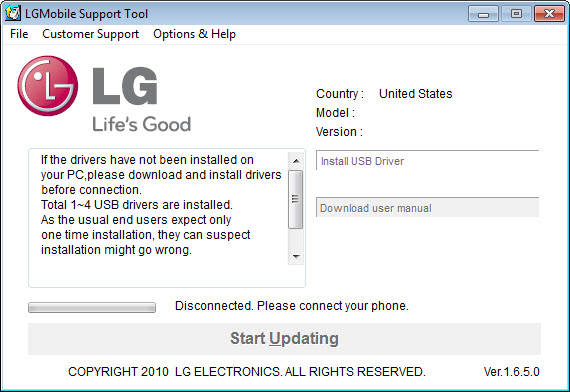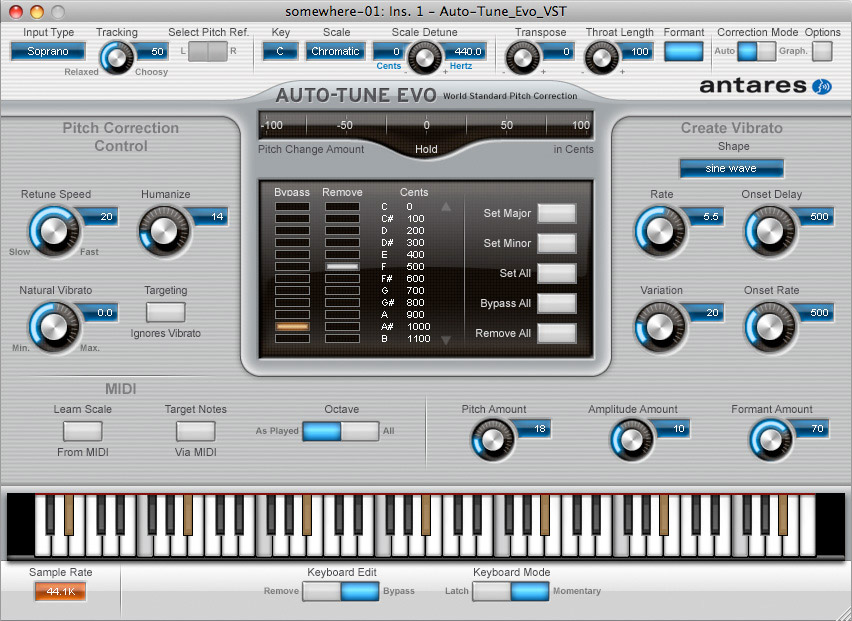

(I'm a left-hander and I thought mine was broken and stuck when I first tried to open it, but it wasn't.) The motion does require some carry-through with the thumb, and if I didn't slide it strong enough, the top display would stop short of clicking straight. The phone only opens in one direction, clockwise, so to open it single-handedly, it should be in the right hand. In the US the LG Wing will be available first on Verizon, then AT&T in the fall and T-Mobile - all on their respective 5G networks. But fitting "more screen in less space" is always appealing, and the LG Wing, at the very least, executes its own concept well. Its modular G5 from 2016 and curved G Flex from 2014 weren't exactly top sellers. And LG's record of selling experimental phones isn't stellar.

While it's not impossible to sell an expensive handset amid a pandemic when everyone is more budget-conscious, as Samsung has shown with its Galaxy Note 20, it's certainly risky to do so.

Whether or not people are willing to pay to give its $1,000 vision a shot is the big question. But LG has applied that design thoughtfully enough for this current era of phones. Swivel phones aren't exactly new, even if they aren't around much anymore: The VX9400 from 2007, for instance, is an early example of an LG phone with a similar design, and I myself owned a beloved Nokia 7370, which featured a screen that swiveled out as smoothly as a switchblade comb. Nevertheless, I appreciate LG's willingness to try something different. Also, not all apps will accommodate the two screens. Its bulkier design and potentially steep price will automatically lead to many people writing it off. The LG Wing isn't for everybody, and LG knows this.


 0 kommentar(er)
0 kommentar(er)
